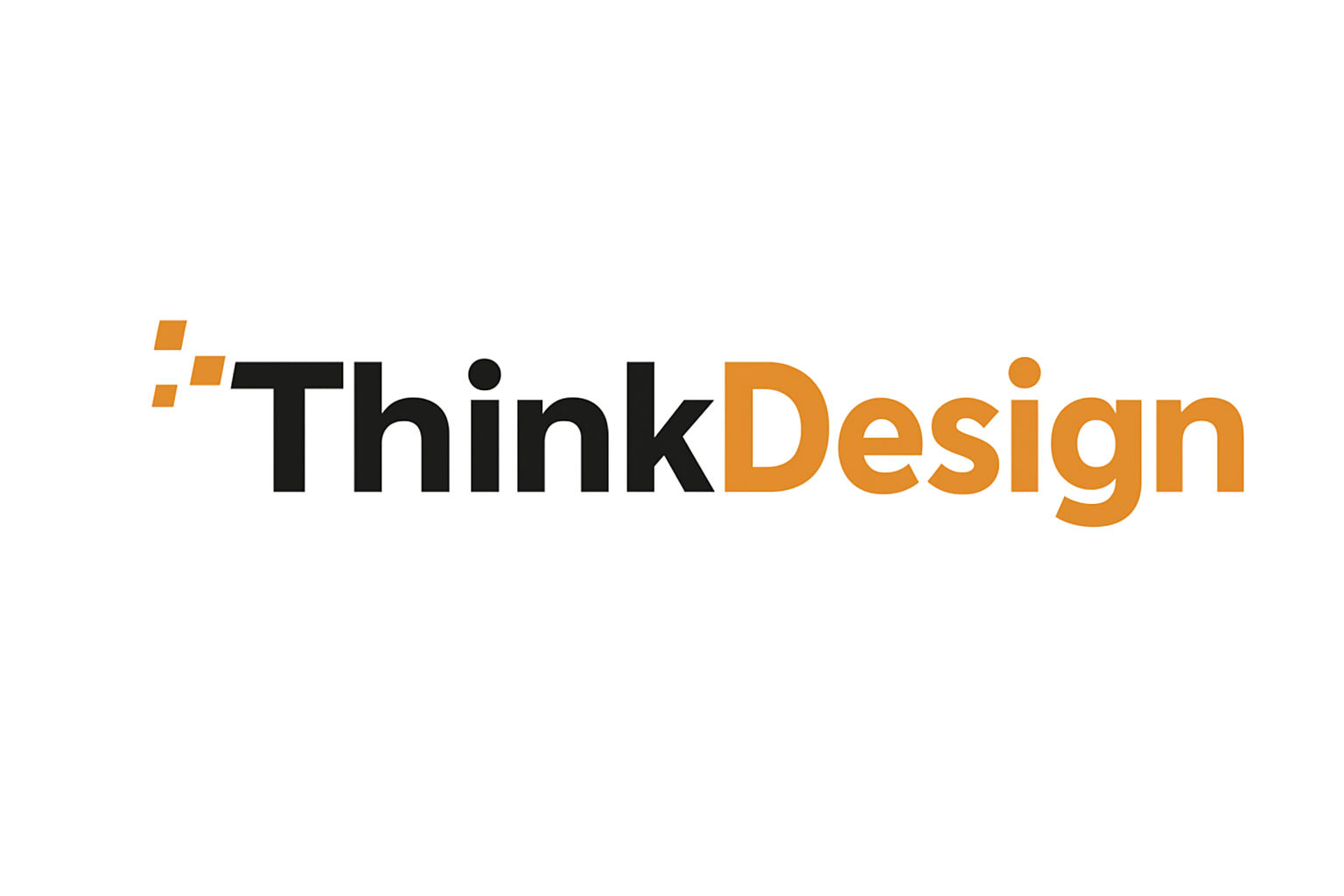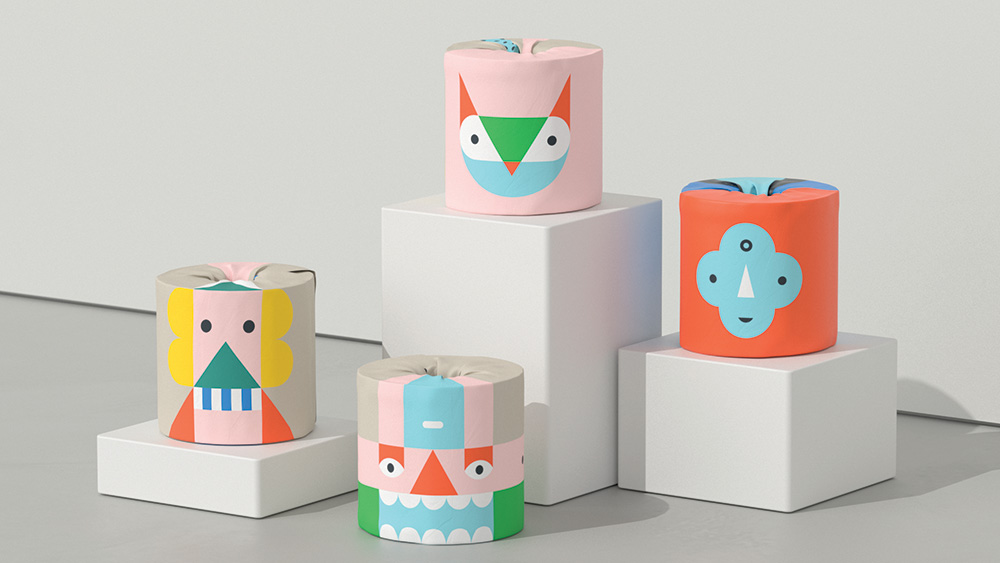1) Apple — Radical Restraint & Finish Quality
Apple’s packaging reminds me that confidence can be quiet. White or soft neutrals, tight grids, minimal copy, and obsessive material choices create an “unboxing ritual” without shouting.
- Why it works: Focuses attention on the product; signals precision and quality.
- Steal this move: Use one hero image, one headline, and one finish (e.g., soft-touch + spot UV) to build hierarchy without clutter.
2) Aesop — Apothecary Authenticity
Aesop leans into a clinical-meets-craft vibe: amber bottles, monochrome labels, structured typography, and generous white space. It feels trustworthy and human at the same time.
- Why it works: Ownable style that telegraphs ingredients and care.
- Steal this move: Try a two-tone label (cream + black), a clear typographic hierarchy, and small, well-spaced copy blocks to suggest expertise.
3) Muji — Honest Minimalism
Muji’s packaging is “anti-design” in the best way: recycled materials, neutral inks, barcode-forward labels, and functional clarity. It feels responsible and simple.
- Why it works: Reduces decision fatigue and spotlights utility.
- Steal this move: Use uncoated kraft, a single ink color, and a modular label system to keep SKUs consistent and low-cost.
4) Coca-Cola — Iconic Color & Form Memory
Coca-Cola shows how color + silhouette create instant recognition. Even without a logo, the red and the contour cue the brand in a split-second at shelf distance.
- Why it works: Distinctive assets reduce reliance on words.
- Steal this move: Pick one brand color and one repeatable shape. Apply them relentlessly across sizes and multipacks.
5) Nike — Bold Type & Energy
Nike’s aesthetic swings between roomy minimalism and punchy, oversized type. Orange shoe boxes, confident wordmarks, and motion-driven graphics carry attitude.
- Why it works: High-impact typography is cheap, scalable, and unforgettable.
- Steal this move: Set a single, strong type style for headlines; let it do the heavy lifting while keeping imagery simple.
6) Starbucks — Seasonal Storytelling
From holiday cups to limited blends, Starbucks uses seasonal packaging to create little cultural “events.” Patterns change, but brand cues (green, siren, cup silhouette) remain.
- Why it works: Limited editions drive talkability and collectability.
- Steal this move: Create a seasonal frame (border, pattern, sticker system) that refreshes often without reinventing your core pack.
7) IKEA — Flat-Pack Truth & Iconography
IKEA proves pragmatism can be a brand asset. Flat-pack efficiency, line drawings, and simple icons make the experience feel approachable, global, and cost-savvy.
- Why it works: Visual language beats translation overhead and reduces returns.
- Steal this move: Design a consistent icon set for assembly, care, and recycling; pair with minimal copy in plain language.
8) Patagonia — Values on the Sleeve
Patagonia elevates sustainability and repairability across touchpoints. The packaging looks modest but communicates impact with clarity: recycled content, supply-chain notes, and durability cues.
- Why it works: Clear, credible claims build trust and loyalty.
- Steal this move: Add a “Why this matters” panel with one metric (e.g., water saved) and a QR code to your materials story.
9) Nespresso — Premium Ritual & System Clarity
Nespresso’s sleeves and boxes are tidy, color-coded, and tactile. Small luxuries—foil accents, soft-touch boards—turn restocking into a mini ritual.
- Why it works: Systematic color + finish makes complex ranges easy to navigate.
- Steal this move: Use a color logic (intensity, flavor, or function) and keep it consistent across the whole line.
10) Glossier — Community-Coded Playfulness
Glossier’s pinks, stickers, and friendly language made unboxing shareable. The packs feel like a conversation, not a lecture—light, fun, and human.
- Why it works: Personality lowers the barrier to entry and fuels UGC.
- Steal this move: Write microcopy that sounds like you (second person, short sentences) and include one delightful extra (sticker, postcard, sample).
Design Moves You Can Borrow Tomorrow
| Move | What it does | Quick way to try it |
|---|---|---|
| One-hero layout | Instant focus on the product | Full-bleed image + 1 headline + 1 claim |
| Icon language | Cross-language clarity | Design 6 essential icons: open, store, recycle, use, care, caution |
| Material honesty | Signals sustainability | Uncoated board + soy ink + visible fiber texture |
| Seasonal frame | Creates collectability | Keep core pack; rotate pattern/badge quarterly |
| Color system | Faster range navigation | Assign hue by strength/flavor; keep brand color as anchor |
| Typography-first | Low-cost, high impact | One bold type family; limit to 2 weights + tight grid |
Copy & Compliance (Don’t Skip These)
- Front vs. back: Keep the front emotional (benefit/visual), put the legal and detail on the back or sides.
- Claims: If you say it, substantiate it (sourcing, certifications, test results).
- Accessibility: Contrast ratios, type size, and tactile cues matter—especially for essential info.
- QR for depth: Link to ingredients, materials, how-to, and end-of-life instructions.
Material & Finish Cheat Sheet
- Boards: Uncoated (natural/eco), coated (sharp color), kraft (honest/earthy).
- Inks: Standard CMYK for cost; spot color for brand precision; low-VOC/soy for sustainability narratives.
- Finishes: Soft-touch (premium), spot UV (highlight), foil (festive/lux), emboss/deboss (tactile memory).
- Structures: Sleeves (fast refresh), trays (visibility), mailers (DTC protection + print real estate).
10-Point Preflight Checklist
- Is the hero benefit obvious at 1–2 meters?
- Does the pack read in three beats (brand → product → reason to believe)?
- Is the range logic (size/flavor/strength) crystal clear?
- Are type sizes legible in real print, not just on screen?
- Did you test shelf contrast against competitors?
- Do icons cover open, care, recycle, and safety?
- Are claims accurate, approved, and compliant?
- Is there a QR/URL for deeper info and post-purchase care?
- Is the structure frustration-free to open and reseal?
- Did you pick the greenest viable material/finish combo?
Final Thoughts
The best packaging design inspirations aren’t about copying a look—they’re about adopting strategies that fit your brand: restraint when you need confidence, icons when words get in the way, seasonal frames when you want buzz, and honest materials when trust matters. Choose two moves from this list, prototype fast, and test them on a real shelf (or a fake one in your studio). Your pack will get sharper, clearer, and more memorable—without blowing the budget.


